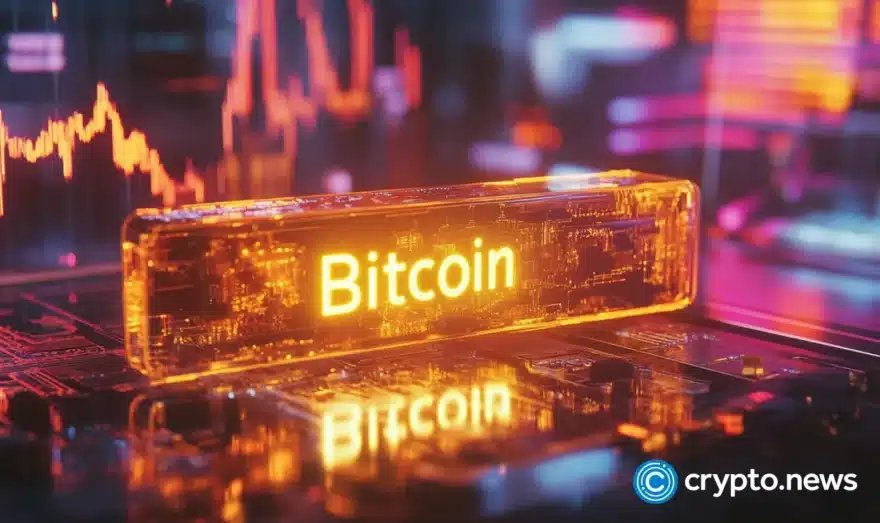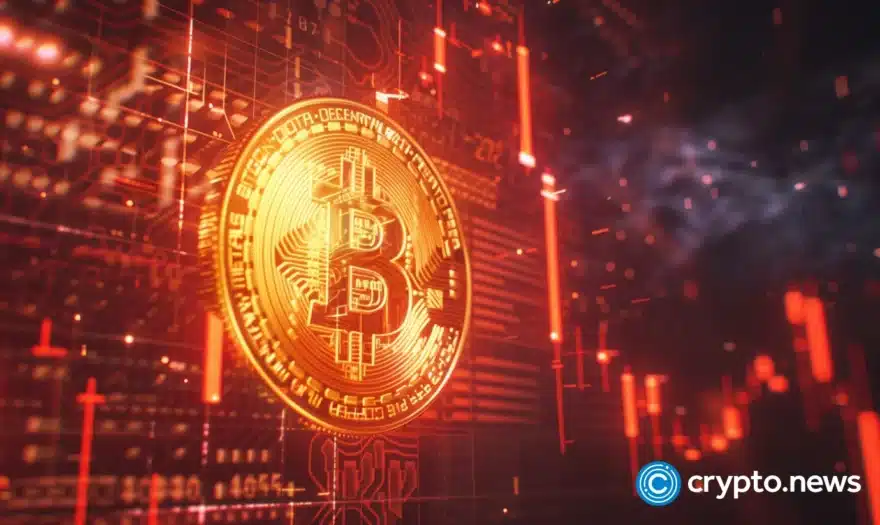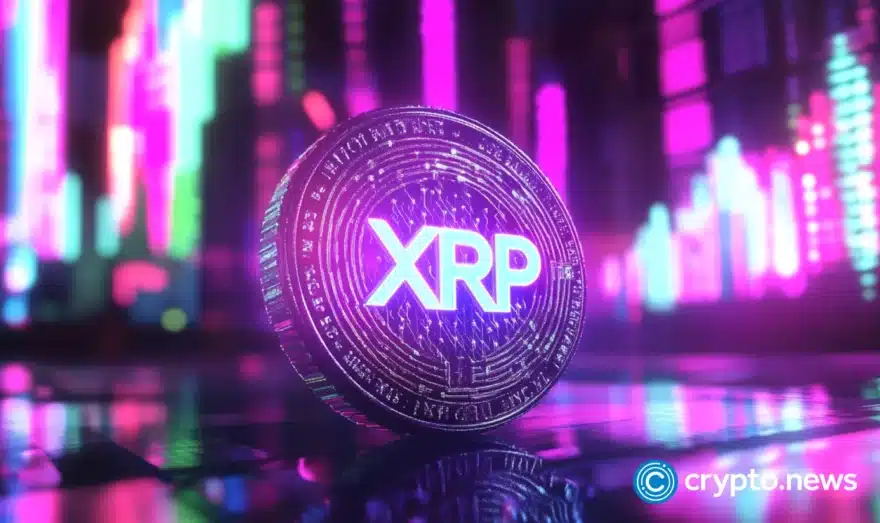Embracing institutions today will keep defi’s tomorrow on track | Opinion

Disclosure: The views and opinions expressed here belong solely to the author and do not represent the views and opinions of crypto.news’ editorial.
Now that crypto’s volatile streak has calmed down considerably, many projects are looking to bring traditional finance, or TradFi, institutions into the blockchain fold. From banks to asset managers and investment firms, the crypto industry’s message to them has become this: The door is wide open, so step inside.
But why? If there’s one thing that TradFi institutions are not particularly famous for, it’s embracing new technologies. Fintech companies that deal with fiat currency are typically more nimble here if PayPal jamming themselves into the stablecoin sphere is anything to go by. If you look at big-league banks and storied financial institutions, however, most are notoriously slow at matching adoption to the pace of technological innovation.
With this in mind, crypto projects—defi ones in particular—are right to question the desire to bend backward for TradFi acceptance. Especially when the defi sector, and the crypto industry as a whole, still has so many internal problems to sort out. Is it worth the effort?
Getting affairs in order
While certain aspects of decentralized infrastructure might not be ready for widespread TradFi integration, progress in the tech industry is hardly linear. That being said, you can’t blame big banks or asset management firms for being slow to start when embracing tech innovation. It’s a significant investment, and they want to ensure it’s a sure thing.
But the harsh “change or die” reality characterizes tech development, and the financial realm is no exception to this as more alternatives to traditional finance emerge. And as tech innovation continues to accelerate, adapting to new technology is not a question of ‘if’ but ‘when’ at this point. Although rapid change is expected if companies want to remain competitive, that doesn’t mean such huge industries will hop onto any tech bandwagon without seeing its bona fides first.
When it comes to defi’s role in convincing institutions of crypto’s credibility, addressing the sector’s challenges requires a lot more nuance. Of course, there are certain aspects that indefinitely slow down adoption that defi projects have no real say in, such as regulation. But that hasn’t stopped institutional giants such as JPMorgan from launching an institutional defi offering well ahead of other legacy institutions of its caliber.
So if JPMorgan could parse that “the innovations of defi protocols with the safeguards of today’s finance industry” are a strong path forward for crypto adoption, why can’t defi native projects believe it? Right now, many defi projects tend to have a sort of indifference toward the aspects of their development that they can control. And that mindset has to shift for defi to truly move the needle on both development and sustainable crypto adoption—that goes for traditional financial institutions adopting their products, too.
Traditional finance and defi have plenty to gain by working together, even if the industry is resistant to change. Overcoming its lack of inertia, however, is a different challenge.
The value in setting a target
It can be hard to accept that a mindset change is necessary, but for defi to thrive, it’s absolutely imperative. Many projects are building ways to merge defi and TradFi, but focusing on institutions creates a long-term target for the industry to work towards.
Yes, defi has problems related to real-world functionality that projects should be working tirelessly to sort out before a significant TradFi player expands its reach to the public. That real-world functionality also extends to DAOs, where amplifying usability is paramount to solving governance, management, and scale issues.
You also can’t build at the scale traditional financial institutions require without reliable, proven, and battle-tested infrastructure. That’s why large companies use older technology. Not because they can’t afford to upgrade or they don’t like new services, but because they can rely on it to get the job done.
It’s also hard to consolidate existential topics such as DAO voter apathy without a clear intention and goal. Otherwise, it can feel like decentralized projects and financial frameworks are just going around in circles.
Smaller defi projects might also feel it’s not worth catering their offering to an institution because they fear getting outrun by more prominent industry players or failing to deliver the product.
Here, shifting mindset and development efforts to more minor achievements that can then scale upwards would be useful. Projects don’t have to shake the world with each integration completely—to create a product that highlights the blockchain’s benefits to improve one specific problem in TradFi would already be an incredible milestone.
Defi projects have to play their part in building a world where traditional regulated institutions can be part of the revolution. Otherwise, they will do everything they can to stop it happening.
Without a clear endgame, defi will only paint itself into a corner of endless internal squabbling over minor improvements that few people outside the sector would notice. Instead, institutional TradFi adoption creates a meaningful trajectory that projects can work toward, creating an appealing product ecosystem that solves real financial problems.













